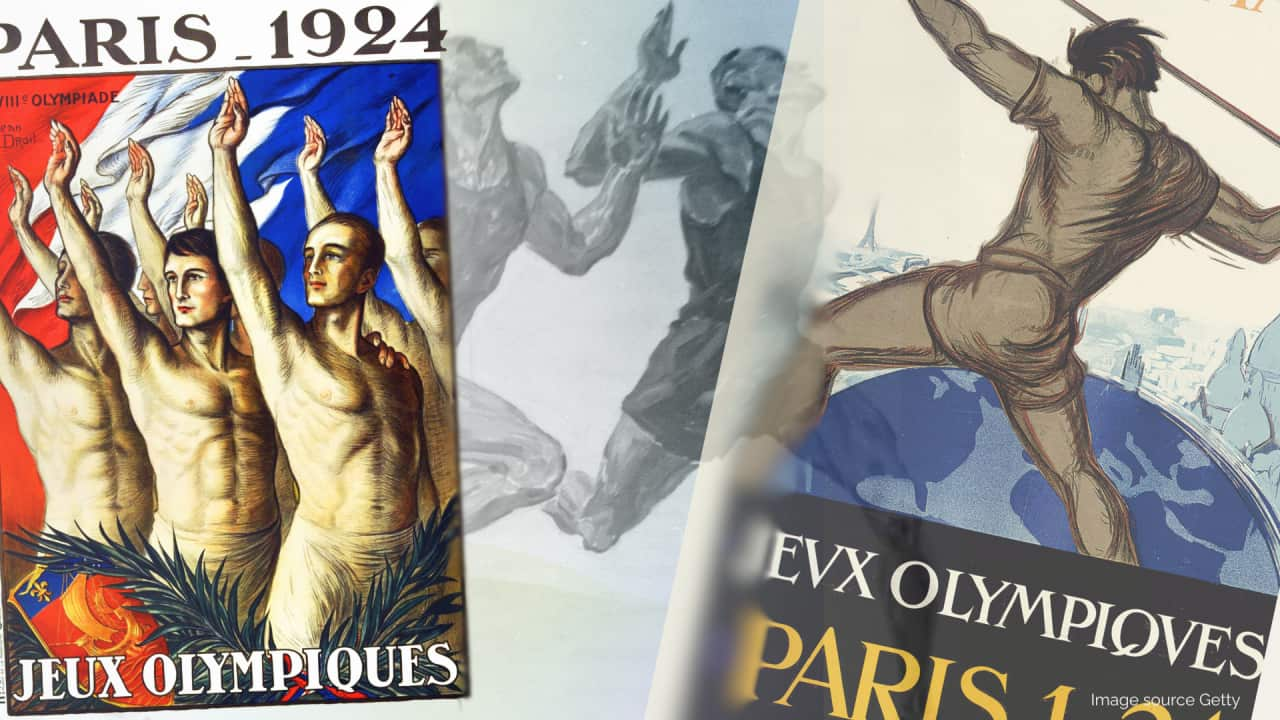As advertised by the International Olympic Committee (IOC), the main rule for the entries was that they had to be directly inspired by ‘the idea of sport’ and could not be presented before the Games.
For example, at the Paris 1924 games, the jury decided that none of the seven entries in the architecture category deserved a medal. It was bad news for the Danish architect Ejnar Mindedal Rasmussen who entered a design plan of a swimming pool in his hometown Ollerup. However, Rasmussen came back with a revised plan for the Amsterdam Olympics in 1928 and won silver.
Olympic gold medal for a poem
One of the winning artists in 1924 in Paris was Jean René Gauguin, son of the famous artist Paul Gauguin. One of at least five of Gauguin’s children, he grew up in Denmark and was a trained carpenter turned sculptor. He was awarded a bronze medal for his sculpture Boxer.

Luxembourg artist Jean Jacoby won medals at two consecutive Olympic Games — in 1924 in Paris and 1928 in Amsterdam, making him the most successful artist of the Olympic Games. Credit: ullstein bild via Getty Images
Among other famous names in the Olympics was Finnish poet Aale Tynni. She was the only woman to win a gold medal at the Olympic Art Competition in London in 1948 for her poem Hellaan Laakeri. However, according to historian Richard Stanton, she did not see her gold medal as a significant achievement.
Australian composer and songwriter Ruby Reynolds-Lewis participated in the Paris Olympics in 1924. Her composition Foxhunt was one of the seven entries in the music category. However that year, the jury — which included famous Russian composer and conductor Igor Stravinsky — decided that none of the entries deserved a medal.

The bronze sculpure The Finnish Discus Thrower by Kostas Dimitriadis, part of the exhibition “Olympism. A modern invention, an ancient heritage” at the Louvre Museum in Paris in April. on April 23, 2024 in Paris, France. Credit: Thierry Chesnot/Getty Images
The last Olympic Art Competition was held during the 1948 London Olympics. According to Olympic historian Pierre Gricius, in 1949, the IOC decided to end Olympic art competitions, citing limited “public interest, organizational problems and the lack of objective criteria to decide on the winners”.
The contest was abandoned, but art in the Olympics lives on. Since the Melbourne Games in 1956, each host country has organised a “cultural programme” as one of the key parts of the celebrations. In Paris 2024, the cultural program runs until the start of September 2024.
